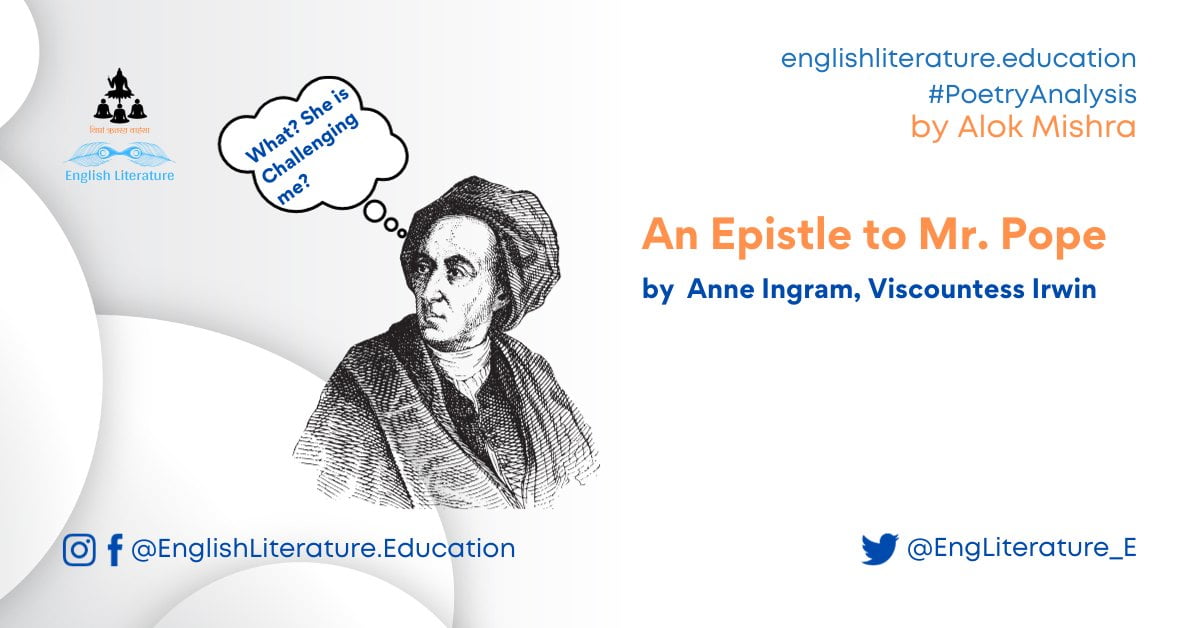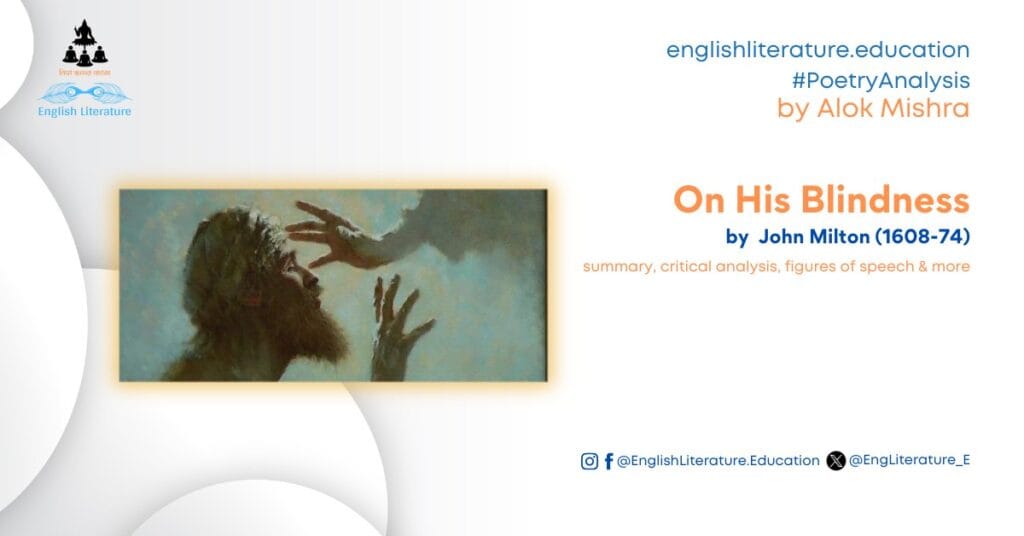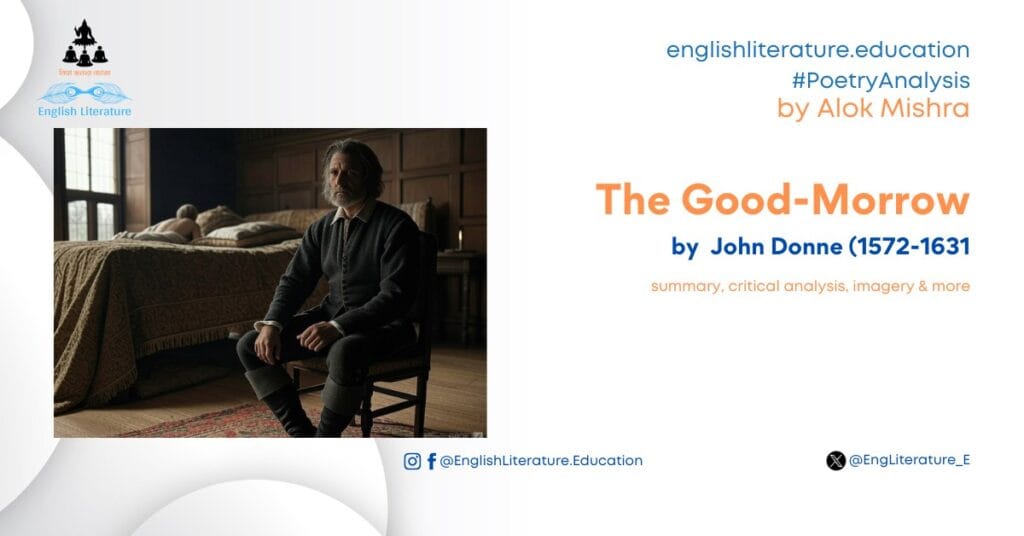Alexander Pope wrote many poems, including epistles, that became famous. To put it in a simple definition, one can understand epistles as long and formal letters putting the concerns in words. In the era of Pople and Dryden, epistles were written in heroic couplets. After all, that was the era of satire particularly aimed at ridiculing others (one’s ideological adversaries, especially).
In this article, we will explore and analyse the meanings hidden in an epistle written to Alexander Pope rather than by him. This work, An Epistle to Mr. Pope, was written by Anne Ingram, the Viscountess of Irwin. I will try to put the summary and analysis of the poem by Anne Ingram with some critical inputs that should help you understand the work better.
Summary of An Epistle to Mr. Pope:
In essence, An Epistle to Mr. Pope by Anne Ingram, Viscountess Irvine, is a satirical poem that explores the similarities between men and women in various aspects of life. The poem addresses the shared human experiences, ambitions, and desires that transcend gender distinctions. The poet uses a range of examples, from ambition and heroism to matters of the heart, to illustrate the commonality of fundamental principles between the sexes. Let’s get into the detailed summary before we critically analyse the themes and issues.
The obvious that anyone can find out by reading the poem once (or twice) is the fact that the poem An Epistle to Mr. Pope is a satirical exploration of the commonalities between men and women. The poet begins by asserting that, if the satirist were to confess the truth, there is nothing more alike than male and female youth, and the same holds for elderly men and women. Ingram contends that the joys, loves, and hates of both genders, if honestly depicted, share fundamental similarities despite the outward differences. The poem then goes on to illustrate this shared human experience by examining various aspects of life. It highlights the commonality in the pursuits of ambition and fame, presenting the daring man driven by ambition’s fire, whether a conquering hero or a youthful squire. The deeds may differ, with one seeking deathless fame through murder and the other through hunting, but the underlying principle driving both remains the same.
Moving on, the poetess, Anne Ingram, extends this analysis to matters of the heart, portraying a fair nymph with superior charms who holds despotic power over the coldest bosom. This challenges traditional notions of women’s roles and power dynamics. The poem further emphasises that whether the desire is for a crown, bauble, learning, or fashionable attire, the appetite for power and the pursuit of fame are constants in both sexes.
Despite acknowledging the societal constraints on women, with the assertion that women must move in a narrow orbit, the poem maintains that the love of power is universal. Both males and females, according to Ingram, share a common appetite for power and recognition.
To conclude this summary, in essence, An Epistle to Mr. Pope serves as a satirical commentary on gender roles and societal expectations. It challenges the notion of inherent differences between men and women, emphasising the universal nature of human desires and ambitions. The poet employs wit and irony to convey a progressive message, suggesting that, despite societal limitations, the pursuit of power and fame unites individuals across genders.
Analysis:
The poem touches upon several important themes and issues. I will make a list of some of the most important ones below. The list will help you understand and analyse the poem’s content conveniently. It is important to note that the poem was written by a woman in the times when England, the so-called Empire and Economic Powerhouse of Europe, did not allow much space for women in the public discourse. And therefore, these details become very important. When writing a summary or critical appreciation in your examination, you must consider putting these details in context. If you want to know how to write your answers the best way, read this article – How to Write English Literature Answers?
1. Equality of Experience: The poem challenges traditional gender norms by asserting that men and women share common joys, loves, and hates. It suggests that societal expectations and restrictions imposed on women do not negate the fundamental similarities in human experiences.
2. Ambition and Fame: Ingram explores the theme of ambition and the pursuit of fame. The comparison between a conquering hero and a youthful squire implies that, despite different paths, both seek recognition and glory. The pursuit of power and fame is portrayed as a universal human trait.
3. Love and Desire: The poem delves into the realm of love and desire, emphasising that whether male or female, the underlying principle remains the same. The poet challenges stereotypes by presenting women as powerful and captivating figures, subverting traditional notions.
4. Social Commentary: Ingram’s work can be seen as a commentary on the societal constraints placed on women. While acknowledging the narrower orbit within which women are often confined, the poem asserts that the desire for power and recognition is not exclusive to one gender.
Critical Appreciation:
An Epistle to Mr. Pope by Anne Ingram, Viscountess Irvine, stands as a nuanced and satirical exploration of gender dynamics and societal expectations in the 18th century. The poem demonstrates Ingram’s keen observation of the commonalities between men and women, challenging conventional notions of inherent differences. Ingram uses wit and irony to dissect the shared human experiences of ambition, love, and the pursuit of power. The poem’s progressive undertones challenge the narrow orbit assigned to women, suggesting a universal appetite for recognition and authority. In the context of 18th-century literature, Ingram’s work aligns with the satirical tradition, akin to the writings of Alexander Pope and Jonathan Swift. However, her unique perspective on gender roles distinguishes her, offering a refreshing take on the timeless theme of societal expectations, making this epistle a notable contribution to the literary landscape of its era.
Here are the highlights, summarised for your convenient understanding.
1. Gender Equality: Anne Ingram, Viscountess Irvine, takes a progressive stance by asserting the equality of experiences between men and women. Her portrayal of women as powerful figures challenges societal norms prevalent during her time.
2. Universal Themes: The poem’s exploration of ambition, love, and the pursuit of fame transcends gender, making it relatable to a broad audience. The use of universal themes adds to the timeless quality of the work.
3. Satirical Tone: The satirical tone adds depth to the poem, allowing the poet to convey her ideas in a witty and engaging manner. Satire serves as a tool for social commentary, prompting readers to reflect on prevailing norms.
4. Language and Imagery: Ingram employs vivid language and imagery to convey her message. Metaphors, such as comparing a woman to a fair tyrant, contribute to the richness of the poem and evoke powerful visualisations.
In conclusion, An Epistle to Mr. Pope stands as a noteworthy work that challenges gender norms, explores universal human experiences, and employs satire to convey a socially progressive message. The poet’s ability to address complex themes with wit and eloquence contributes to the enduring appeal of the poem.
Alok Mishra for English Literature Education




